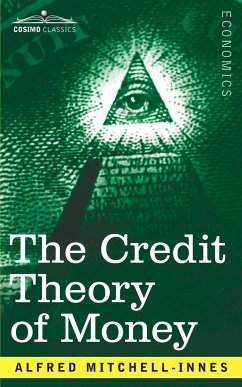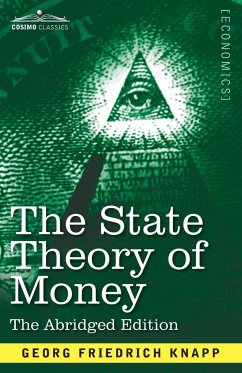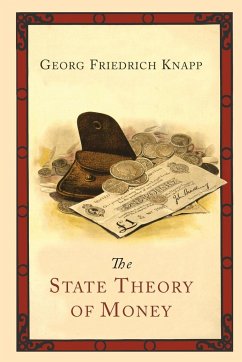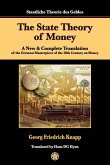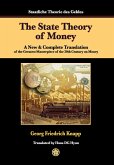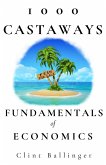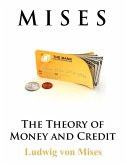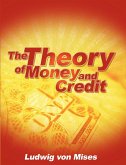"[What is Money? and The Credit Theory of Money is] the best pair of articles on the nature of money written in the twentieth century." -L. Randall Wray, professor of Economics, Bard College (2004) The Credit Theory of Money (1914) is one of two important articles written by British economist Alfred Mitchell-Innes about money and credit. Together with Mitchell-Innes' other article, What is Money? (also available from Cosimo Classics), it influenced Modern Monetary Theory, which states that governments can print as much money as they need without having to borrow or tax to finance spending. The Credit Theory of Money is essential reading for students of monetary theories and economic history.

